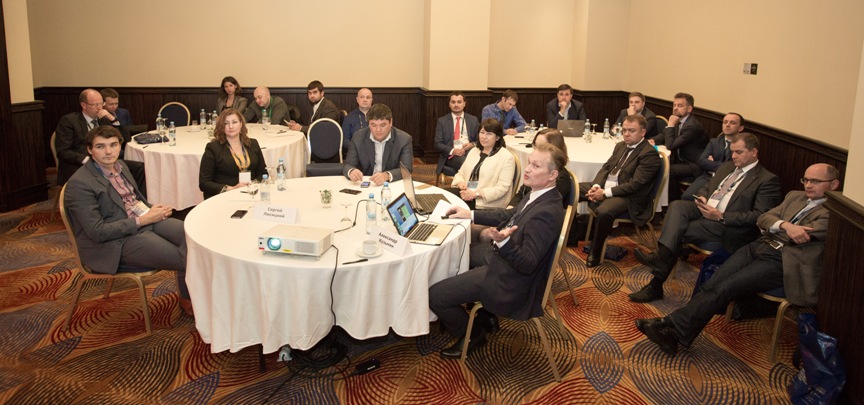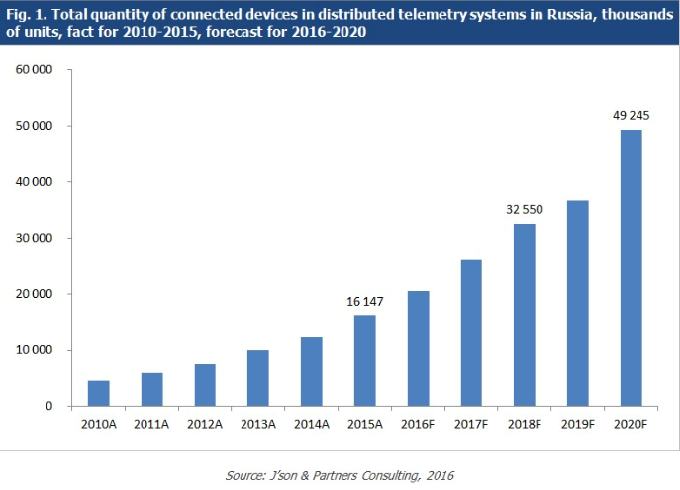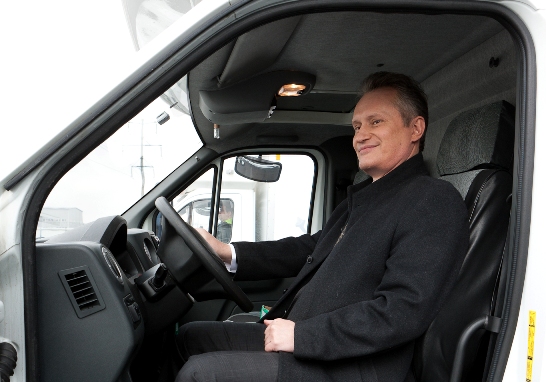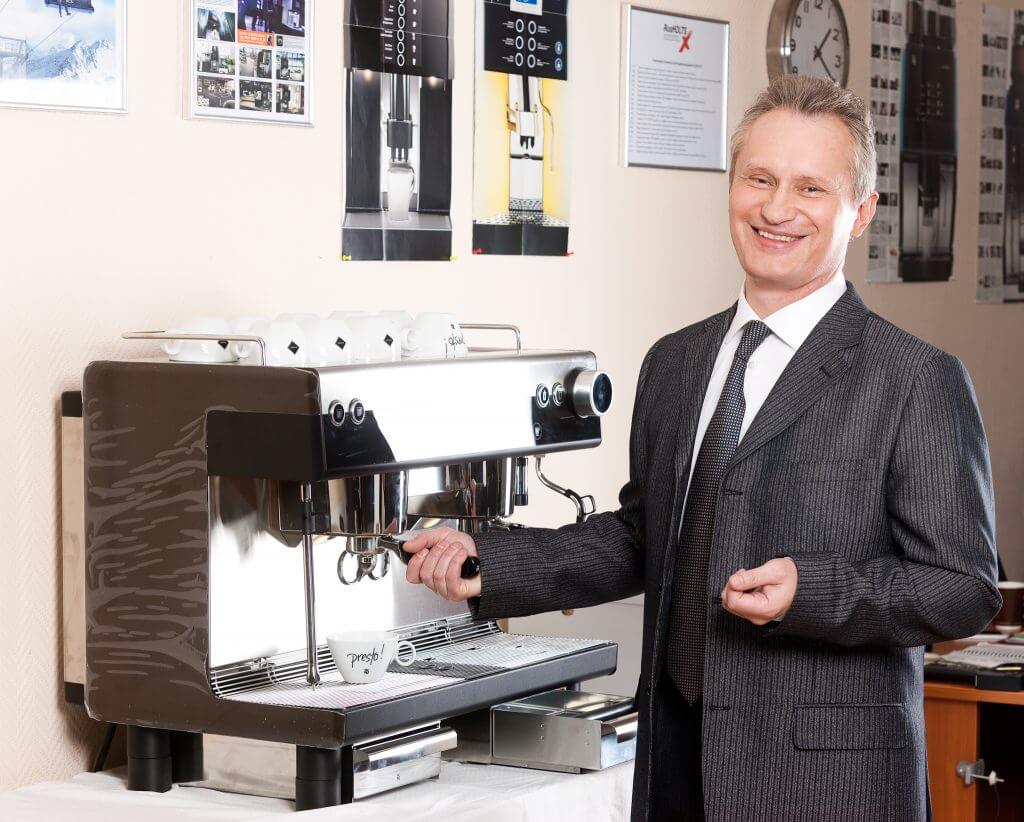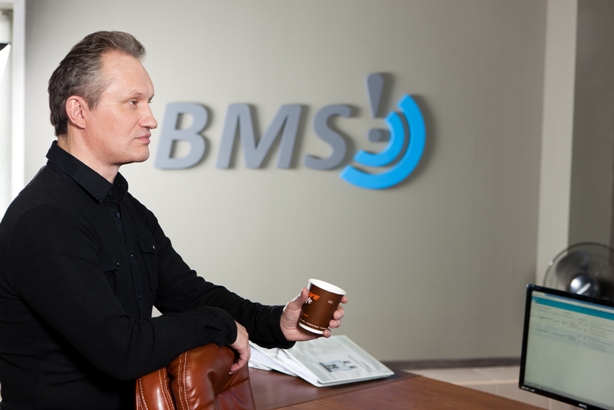Things change, as time goes by. What was created as a symbol of the fast food industry, calories and junk burgers may eventually turn into healthy food provider. McDonald’s tends to change the strategy in the nearest future obtaining a brand new look customers have never witnessed before.
The food giant is about to correct its strategy and focus on a so-called healthy fast food highlighting some fitness diets in addition to a separate food consumption propaganda. The new concept will feature a selection of recipes that can boast an optimal nutrition formula for people aimed at keeping fit. In other words, McDonald’s may turn into 100% opposite concept we are used to introducing some venues of the new healthy concept in different parts of the world. The extended menu includes a range of soups and salads, healthy sandwiches and main courses.

New Old Fast Food
Farewell to junk burgers full of fat and cheap soda with tons of sugar. Well, not for now. Some epic positions will still be included in the menu. On the other hand, we should finally get rid of stereotypes and decide whether fast food is actually so harmful. Most of you would be surprised to know that some professional athletes and the most dedicated fitness fans also eat in fast food restaurants from time to time. This is all due to a rather intensive life rhythm that is a signature of every metropolis. We are always in a hurry suffering from a constant lack of time being unable to cook something healthier for ourselves on the go. Moreover, your hunger will hardly wait until you come across another “healthy” grocery store in the long run.
At the same time, it is vital to have a clear understanding that what you eat is of the same importance as how much and often you eat. One will hardly argue that eating out at McDonald’s on regular basis can be a fatal mistake. On the other hand, if you constantly work under pressure and suffer from tiredness and exhaustion that is not about food to be to the detriment of your health. There is nothing wrong in visiting McDonald’s a couple of times per month. For this reason, fast-food restaurants will hardly ever refuse from their junk burgers and sugary soda in the nearest future considering growing revenues.
No matter how hard some people try to fight back all disadvantages of the fast food industry, a few of them are really eager to count every calorie in their daily food consumption. They’d batter outsource the task to someone else. So, why cannot a fast food restaurant be that someone else? This is why McDonald’s has already introduced some changes in its traditional concept that combines advanced and innovative high-tech approach with old-school food industry traditions that we love so much. Such symbiosis has already made its debut in more than 500 venues under the brand across the United States. Also known as McDonald’s of the Future, the new concept introduces new restaurants where customers can place the order using special kiosks. The staff serves the food directly to your table instead of waiting in a line at the counter. A new menu and the ability to save time when ordering are the two main innovations if compared with traditional concept.
Lead the Scene You Cannot Conquer
The symbiosis of healthy foods and innovations is actually what we call fast-casual concept. It has already started changing retailers’ minds and McDonald’s is the first in line.
The fast0-casualconceptis not new to the food industry. Already used by Chipotle and Panera chains, it has proved to be rather popular although the average cheque is a bit higher if compared with McDonald’s. The price per snack may range from $9 to $13. On the other hand, chefs are picky when It comes to choosing ingredients for the meal.
As for customers’ convenience, the brand has introduced its new Create Your Taste option accessible via special kiosks. Here you can choose from a selection of ingredients, toppings, and presentations according to your tastes and preferences. Customers can add as many ingredients as they like without any limitations. The pilot version of the kiosk has shown some amazing results. For instance, a Chicago-based customer orders a burger that cost $900! The company decided to replace the mechanism with a new one called Signature Crafted Recipes. Moreover, the company decided to improve the state of things in the coffee niche spending up to $12,000 on every new coffee machine and announcing new coffee blends and specialties.
McDonald’s seems to take a new concept seriously. Marketers and promoters even refused from a well-recognizable logo and letters “Mc” in the name of every beverage and burger they make. In this occasion, an extreme popularity of the brand may be to the detriment of the development of the new concept. Moreover, the company decided to get far beyond the boundaries of its home market to make the new concept look like a brand new independent branch. For example, there is a healthy food restaurant under the Corner name located in Sydney, Australia. It seems to have nothing in common with McDonald’s at first sight. However, if you look closer at its logo, you will notice “by MaCafe” marker making it look like a separate division. Of course, the experiment is not 100% flawless and features some slight misses and pitfalls at its start. However, it certainly has some great potential although the company has never dealt with any of that before.
There are no questions about what to cook and serve. We can witness a growing number of fitness cafes and veggie restaurants preparing fruit-based cakes with berries and without the slightest sign of fat and sugar. You will hardly find it difficult to bake the same cake at home. People are ready to pay more for healthier food reserving enough place for the new paradigm. The same thing is with defining targeted audience. As a rule, targeted customer include adult people looking for a chance to keep fit. Teenagers will hardly appreciate such concept. So, the Corner is very unlikely to see them as their returning customers. On the other hand, it seems to grab its place in the niche moving over some healthy food chains due to better tasting coffee and innovative customers’ approach.
Every Nation to Its Own Taste!
Practically all Western healthy public catering projects can boast great margin. The reason is very simple. We have the term “super food” that represents a selection of products with high nutrition value. For instance, Australian consumers are used to eating freshly salted cabbage that appears to be extremely healthy, as it contains a huge amount of Vitamin C and some other useful ferments. The price per one jar of cabbage ready for consumption is about $10-15. Everyone can afford it. However, the gap between the end price and cost price is enormous as well as the revenue.
Summing up, healthy fast food concept can be developed in millions of directions. IT certainly has some potential. If McDonald’s accepts the concept, we should expect a new boom in the food industry in the nearest future.
![Русский [RU] Русский [RU]](/media/mod_languages/images/ru.gif)



